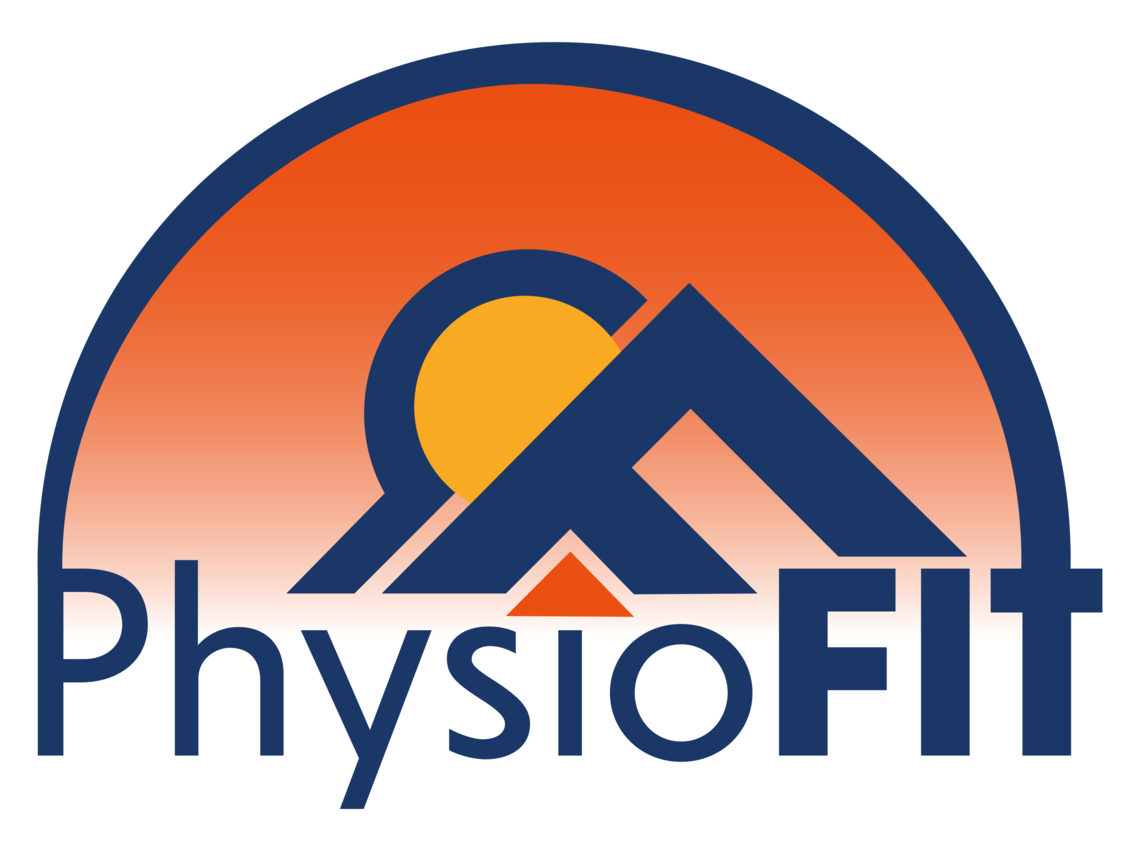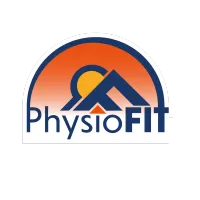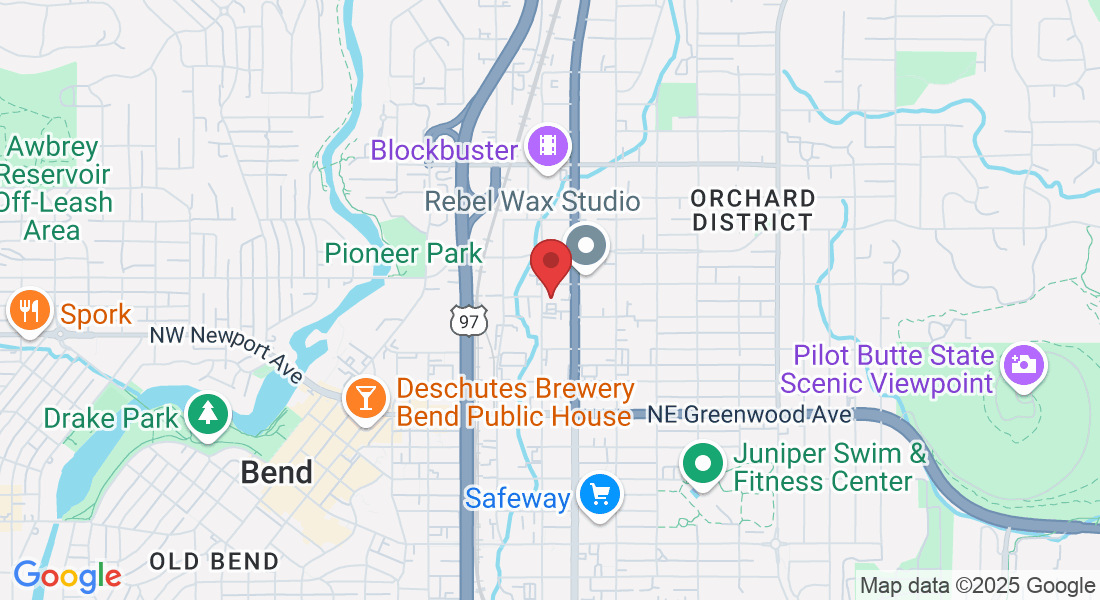Hip Pain Relief
Rediscover a Life Untroubled by Hip Pain
Diagnosing hip discomfort can be complex due to the joint's multifaceted connection to bones, muscles, ligaments, and other tissues. Pain in the groin or inner hip may signal an issue within the hip, while discomfort in the upper thigh, outer buttock, or hip's outer area often implicates surrounding soft tissues. Sometimes, what appears as hip pain may actually originate from elsewhere, like the lower back.
At PhysioFit, we're dedicated to providing specialized hip pain solutions, individually tailored to meet the unique needs and conditions of each patient. We apply a scientific, fitness-oriented approach to physical therapy, focusing on personalized care paths towards relief. Our mission goes beyond just easing your hip pain; we aim to improve your overall well-being, mitigate the risk of persistent or long-lasting discomfort, and facilitate a quick recovery to your regular activities.
What You Should Know
The hip, a sturdy ball-and-socket joint, enables a wide range of movement. The ball, at the top of your thigh bone, fits neatly into a hollow socket in your pelvis, contributing to the joint's impressive mobility.
A network of muscles and tendons encase the hip joint, forming a protective capsule. This support system bolsters joint movement and contributes to leg and upper body motion.
The synovium within the capsule lubricates the joint with synovial fluid and sustains the cartilage health. This cartilage buffers the hip joint bones, minimizing friction and impact during motion. This well-structured support mitigates hip dislocation, even during high-impact injury scenarios.
A proper diagnosis of a hip problem involves a thorough evaluation from a professional.
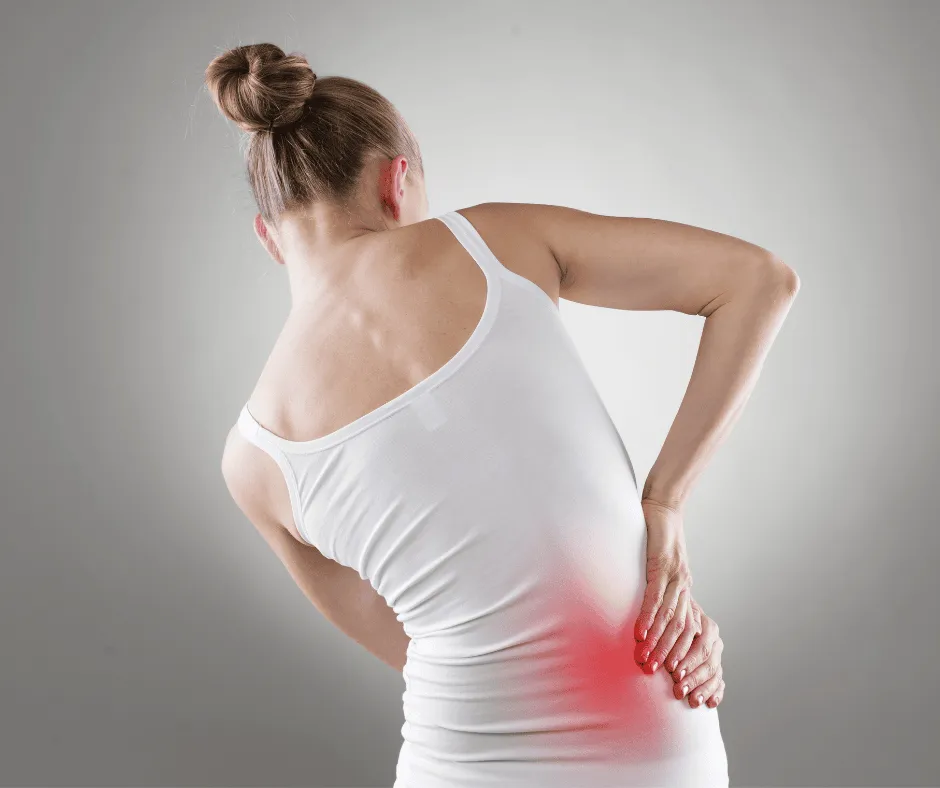
What Really Causes Hip Pain?
The cause of hip pain can vary considerably, stemming from various injuries or health conditions. The nature and severity of the pain often offers clues to its underlying cause.
Tendonitis - Inflamed Tendons: The most frequently encountered source of acute hip pain is inflamed tendons, known as tendonitis. This inflammation generally results from excessive physical activity and while it can be quite painful, it typically subsides within a few days.
Arthritis - A Persistent Pain Culprit: Long-term hip pain is predominantly caused by arthritis, a condition characterized by painful, stiff, and tender joints that can impede normal mobility. Several forms of arthritis can affect the hip:
Osteoarthritis (OA): The wearing down of protective joint cartilage due to age or use often results in osteoarthritis.
Traumatic Arthritis: A joint injury, like a fracture, may trigger this condition, which mirrors osteoarthritis.
Infectious Arthritis: This occurs when an infection in the joint leads to cartilage destruction.
Rheumatoid Arthritis (RA): This autoimmune condition, where the body's immune system attacks the joints, may cause extensive damage to joint cartilage and bones over time.
Of these, osteoarthritis is far more prevalent than rheumatoid arthritis.
Trochanteric Bursitis - Inflammation Near the Hip Joint: Hip pain may also be attributed to trochanteric bursitis, a condition that arises when the bursa, a fluid-filled sac near the hip joint, becomes inflamed. This inflammation can be triggered by hip injury, joint overuse, or postural issues. Moreover, other conditions such as RA can also lead to hip pain, with women being more prone to this condition.
Hip Fractures - Sudden, Severe Hip Pain: Hip fractures, often seen in older adults or individuals suffering from osteoporosis (a condition that weakens bones), present as sudden, intense hip pain. They necessitate immediate medical attention due to potential complications, such as leg blood clots.
A hip fracture usually demands surgical intervention followed by physical therapy to aid recovery and restore normal mobility.
If any of this information resonates with your current situation, we urge you to schedule an appointment with us immediately. Don't let hip pain diminish your life quality - allow us to help you embark on the path to relief today.
Safeguarding Your Hips: Essential Tips to Prevent a Hip Injury
Your hip, a critical joint supporting your body weight during movements, requires utmost care for a pain-free life. By adopting certain habits, you can reduce wear and tear, minimize osteoarthritis risk - a leading cause of hip replacement - and uphold a high-quality life. Here are concise yet insightful tips to keep your hips injury-free:
Healthy Weight Maintenance: It's vital to maintain a weight within a healthy range. The hip bears forces up to 3-6 times body weight, meaning reduced weight equals less pain. Balance regular exercise with a nutritious diet to keep joints healthy.
Good Posture: Your everyday posture significantly impacts your joints. Develop habits like sitting with straight back, feet flat, legs uncrossed, and evenly distributing weight while standing to minimize stress on your hip joints.
Sleep Posture: Optimize your sleeping position to alleviate joint stress. If you're a side sleeper, try using pillows between knees or under your hip for support. Back sleepers should put a pillow under the knees for better spine alignment.
Comfortable Footwear: Wear shoes with proper cushioning and arch support to absorb shocks and reduce joint strain. Seek advice from footwear experts if in doubt.
Proper Warm-Up and Stretching: Prioritize warming up before exercise and stretching afterwards to boost blood flow and flexibility, reducing hip injury risk.
Resistance Training: Add functional resistance exercises like squats, lunges, and step-ups to your routine twice or thrice a week to enhance hip and leg muscle strength, promoting hip stability and reducing osteoarthritis risk.
Modify Exercises: Adapt your workout regime as you age. Vary activities to avoid repetitive injuries and consider isometric exercises if regular movements cause pain. Listen to your body and adjust accordingly.
By integrating these tips into your lifestyle, you're more likely to maintain healthy hips and avoid surgical interventions.
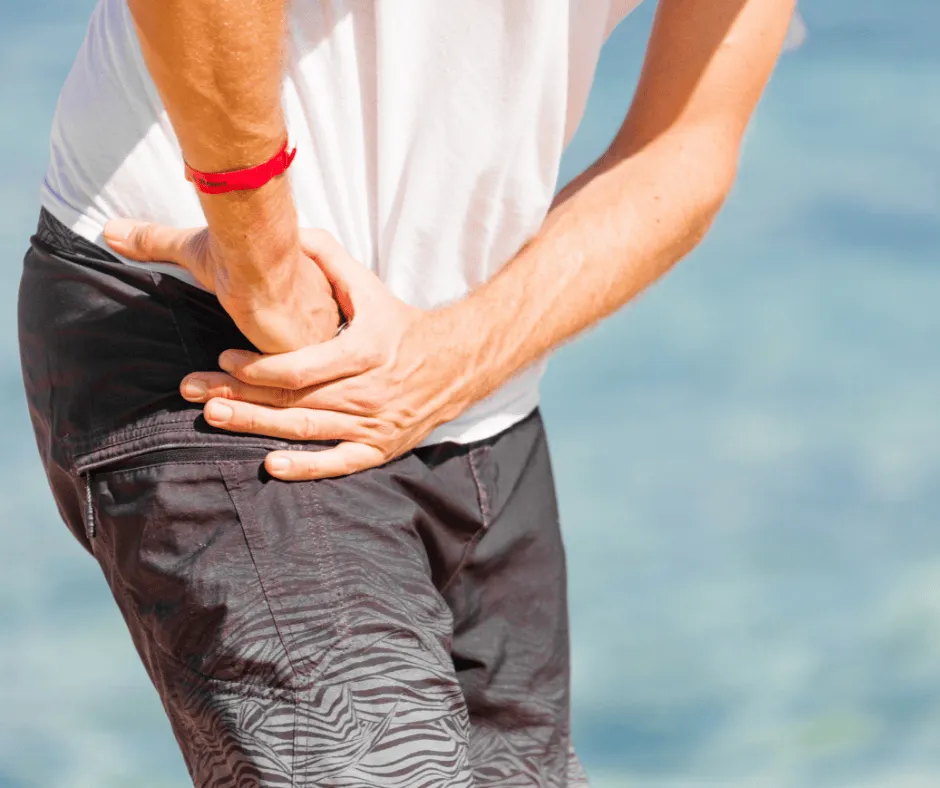
Common Symptoms of Hip Pain
Presence of inflammation or a reddish hue in your hip
Discomfort in your groin, buttocks, or thigh area
Sensing rigidity when mobilizing your hip
Challenges in maneuvering your hip
Experiencing intense pain radiating down one side of your body (from the buttock extending down the leg)
Experiencing a clicking, snatching, popping, or scraping feeling in your hip
Remember, if you resonate with any of the symptoms or conditions mentioned, we highly recommend making an appointment with us for a thorough evaluation and personalized treatment plan.
Please Note: The information provided on our website is intended for general education and is not a substitute for professional medical advice. Each individual's situation and body is different. Therefore, what may work for one person may not work for another. We care about your well-being and advise you to reach out to us to discuss your specific needs before implementing any advice from our website.
Your Source for All Things Physical Therapy in Bend Oregon
The PhysioBlog
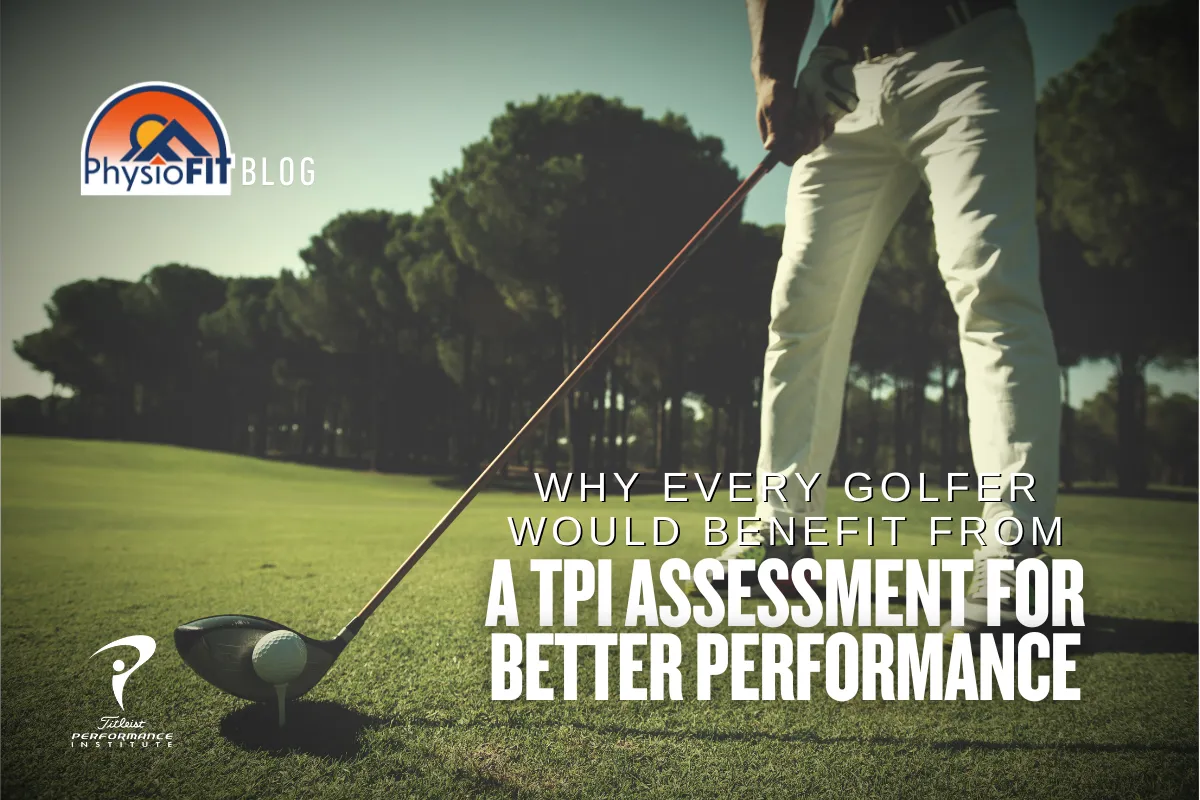
Why Every Golfer Would Benefit From a TPI Assessment for Better Performance
Why Every Golfer Would Benefit From a TPI Assessment for Better Performance
Imagine you’re a mid-handicap golfer in Bend, Oregon. You love teeing off at Tetherow but notice your slice is back or your back twinges after 15 holes. You’ve heard about the Titleist Performance Institute (TPI) but have no idea what it is or how it could help your game. In this article, we’ll walk through everything you need to know about a TPI Golf Assessment, what it involves, why it matters for your swing, and how a local Bend physical therapy clinic like PhysioFIT Bend can use it to fine-tune your body and fuel your scores.
What Is a TPI Golf Assessment?
A TPI Golf Assessment is a 16-point physical screening developed by the Titleist Performance Institute. Instead of tweaking your grip or swing plane first, TPI looks at your body’s flexibility, strength, balance, and stability, all in relation to the golf swing. Think of it like a mechanic inspecting your car’s suspension, brakes, and steering before tuning the engine. If your hip rotation is tight or your core lacks stability, no amount of swing drills will fix the real issue.
Why Bend Golfers Should Care
In Central Oregon we’re spoiled with golf on the high desert, from Pronghorn’s immaculate greens to the tree-lined fairways of Awbrey Glen. Yet that altitude, crosswinds, and frequent trail running can leave your body misaligned for the perfect swing. A TPI Assessment pinpoints precisely where your body is holding you back, so you can hit farther, straighter, and play pain-free rounds.
The 16-Point Screen: What Gets Tested
During your TPI Golf Assessment at PhysioFIT Bend, a certified TPI professional will guide you through these key tests:
Overhead Squat Pattern
Measures ankle, hip, and thoracic spine mobility along with core stability.Seated Rotation
Assesses torso turn independent of hips—critical for coil in your backswing.Pelvic Tilt
Evaluates low-back flexion and extension control to prevent pain.Single-Leg Balance
Tests proprioception and ankle stability essential for follow-through.Bridge Movement
Gauges glute activation and hip extension power for solid drives.Straight Leg Raise
Checks hamstring and calf flexibility to support posture.Thomas Test
Looks at hip flexor tightness that can limit your swing arc.Trap-Stretch
Measures upper-body extension and shoulder function for a full finish.Core Stability
A series of plank variations to establish a stable rotation axis.Quad Strength
Single-leg squat depth and control for lower-body power transfer.Thoracic Rotation
Seated or standing twist to test upper-back mobility separate from hips.Shoulder Mobility
A-arm reach tests to uncover restrictions in lead-arm extension.Hip Rotation
Internal and external rotation range that drives hip turn and weight shift.Ankle Dorsiflexion
Measures ankle bend to ensure proper hinge at address.Glute Bridge Endurance
Holding a bridge to fatigue to see if endurance drops mid-round.Cervical Spine Function
Neck rotation and tilt to keep your head stable throughout your swing.
Each test is scored, and your TPI-certified therapist will highlight limitations and strengths in a personalized report.
What to Expect During Your Assessment
A typical TPI session at PhysioFIT Bend takes 30 minutes:
Intake & Goals: Quick survey of your swing history, injuries, and performance targets.
Screening: Guided through all 16 tests—no swinging clubs, just movement.
Results Review: Clear explanation of findings with local analogies (“Your hip rotates like a rusty gate, let’s oil those hinges.”).
Action Plan: Customized exercise program with step-by-step drills to address your specific needs.
Access to the TPI client app where you can find your exercise plan (with videos) and track your progress!
How a TPI Assessment Improves Your Game
By fixing physical limitations first, you’ll notice:
Increased Clubhead Speed: Better hip and core function means more power behind every swing.
Greater Consistency: Improved balance and coordination reduce mishits and errant shots.
Reduced Pain & Injury Risk: Correcting imbalances protects your back, shoulders, and knees.
Boosted Confidence: Knowing your body is optimized lets you focus on strategy and course management.
Sample Golf-Specific Exercises
Here are drills you might receive after your assessment:
Hip-Opening Lunge with Rotation: Frees tight hip flexors.
Medicine Ball Rotational Throws: Trains power transfer through torso.
Single-Leg Romanian Deadlift: Builds glutes, hamstrings, and balance.
Wall Angels: Enhances upper-back mobility for a full finish.
Banded Ankle Mobilizations: Improves your address hinge mechanics.
Aim to perform these 3 to 4 times weekly, then test changes on the practice tee.
FAQ
What does a TPI Assessment involve?
You’ll complete 16 movement tests covering flexibility, strength, balance, and rotation to identify limitations affecting your swing.Do I need to bring golf clubs?
No. The focus is on body movement. Wear comfortable athletic clothing and shoes.How soon before a tournament should I schedule?
Schedule at least 6 to 8 weeks ahead to implement corrective drills and integrate swing changes.Is it painful?
Tests are gentle; any discomfort comes from existing tight or inflamed areas, and your therapist adjusts accordingly.Who benefits?
All ages and levels, junior golfers, weekend warriors, and seniors alike reap the benefits of optimized movement.How often do you re-screen?
Annual re-screening is ideal, or sooner if you notice new aches, swing changes, or after off-season training.Is it covered by insurance?
Coverage varies. Contact your provider, and we can supply required billing codes.Can I do exercises solo?
Yes, but we recommend at least two follow-up sessions to ensure proper form and progression.What about existing injuries?
TPI can flag and adapt tests for injuries in rehab, keeping you safe and on track.How do I book my screen?
Call 541-797-5800 or visit www.PhysioFITBend.com and click “Make an Appointment” with our TPI Certified Pro, Michael Hernandez.
Ready to take your game to the next level? Book your TPI Assessment at PhysioFIT Bend and unlock your full potential on Central Oregon’s premier courses. Your best round yet is just one screen away.
Copyright PhysioFIT 2025 . All rights reserved
